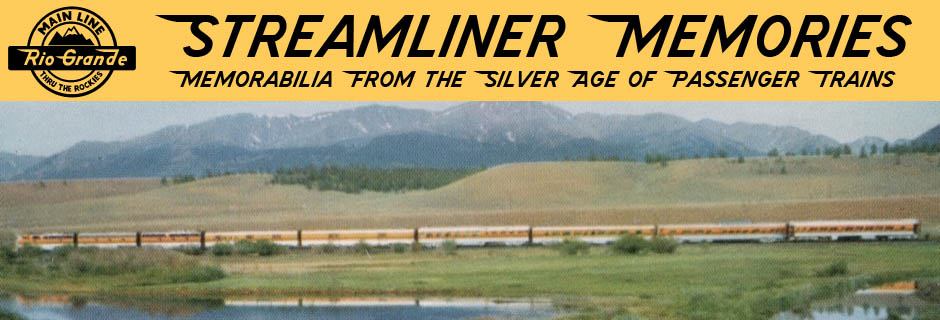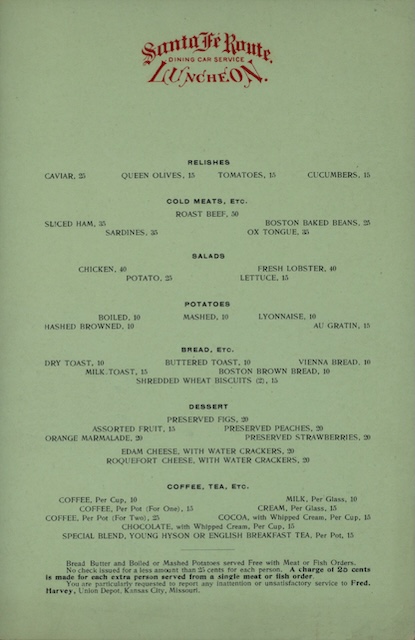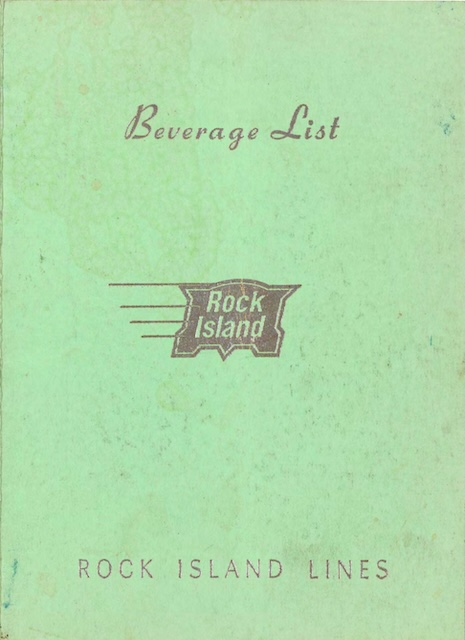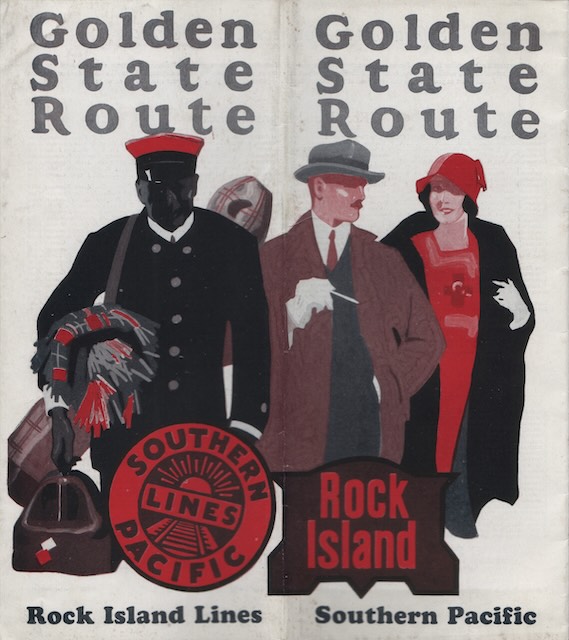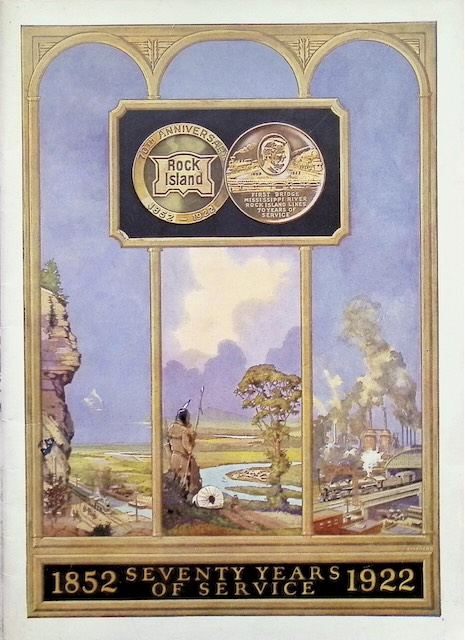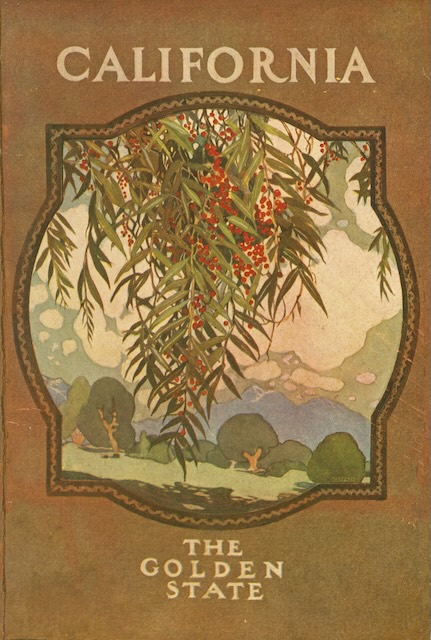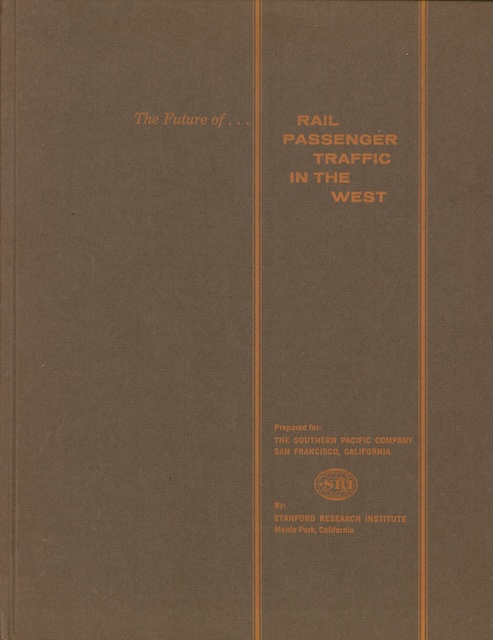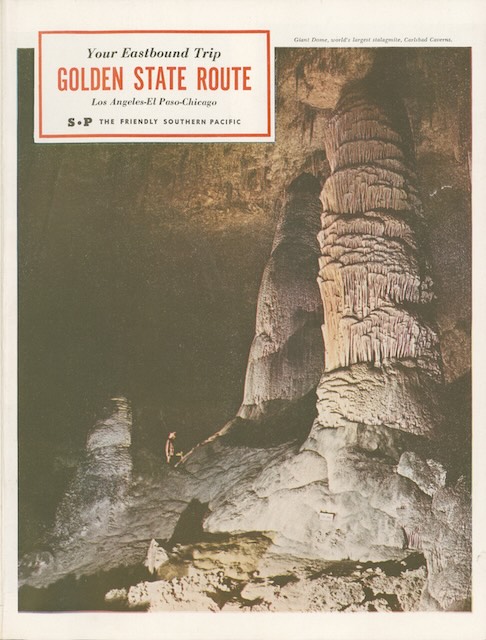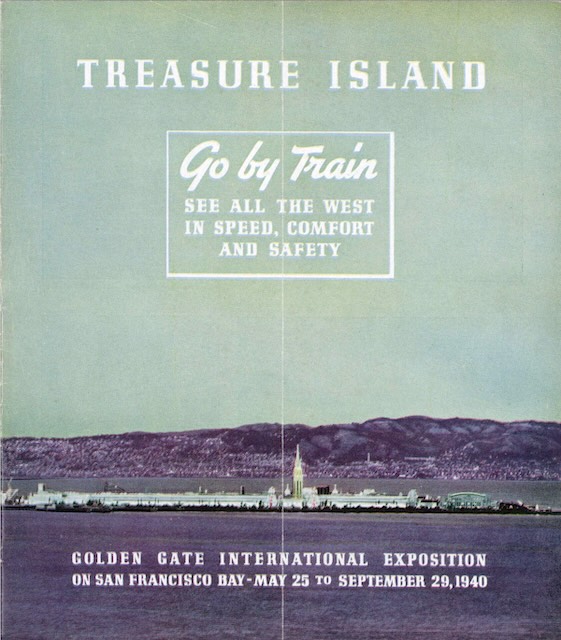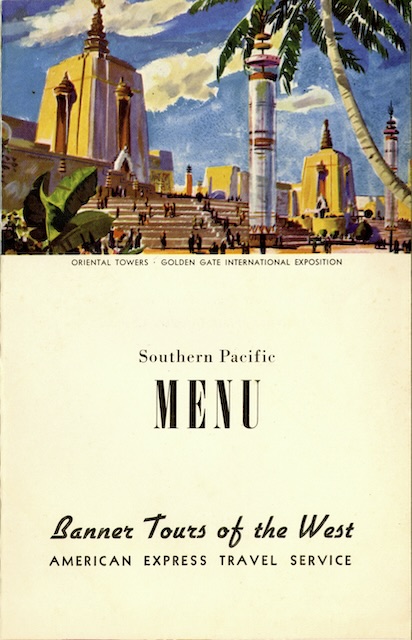After signing its 1896 contract with Fred Harvey, Santa Fe was free to run dining cars west of the Mississippi so long as Harvey operated them. In 1909, when this menu was issued, Santa Fe operated three daily trains to California, but only one of them, the California Limited, had dining cars west of the Mississippi. A secondary train called the Los Angeles Express westbound and Atlantic Express eastbound had Harvey-operated dining cars east of the Mississippi serving evening meals between Marceline and Kansas City, but further west the train depended on stops at Harvey Houses.
 Click image to download a 465-KB PDF of this menu from the New York Public Library.
Click image to download a 465-KB PDF of this menu from the New York Public Library.
Today’s menu doesn’t say what meal it was for but one of the main courses is prime ribs of beef, suggesting it was for dinner. If I read the menu correctly, this is the “joint” course. Those who didn’t want prime ribs for this course could instead choose roast squab or tomato princesse, which I believe was a casserole served with potatoes and other vegetables. Continue reading
